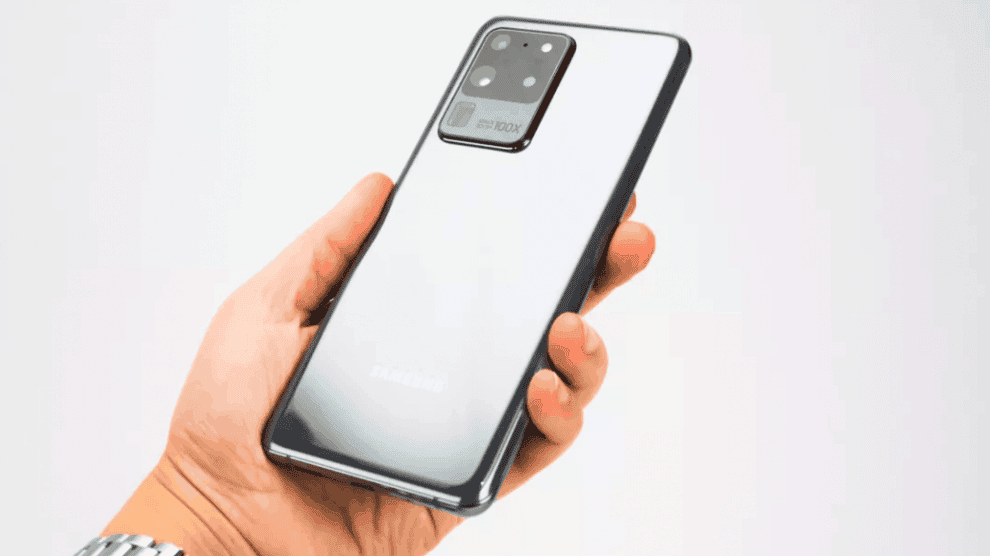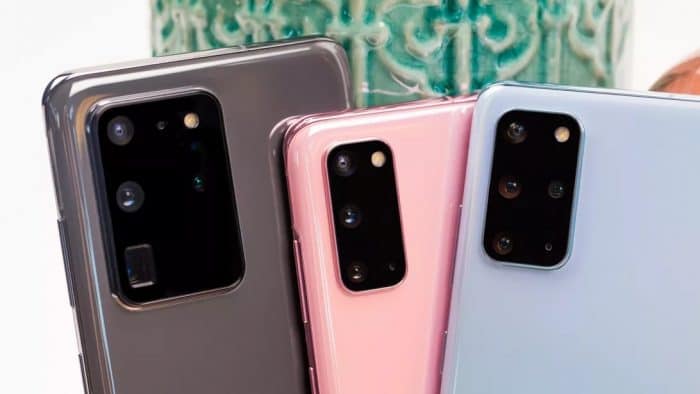Smartphones are valued by many users, among other things, because of the integrated, increasingly powerful cameras. The quality and number of built-in camera lenses has steadily increased over the years. Main cameras with a resolution of over 100 megapixels are already on the market. The Samsung Galaxy Ultra 5G, for example, comes with a 108-megapixel camera. The manufacturer is aiming for even higher resolutions.
It seems like a simple solution to just put as many pixels as possible together in one sensor. In practice, however, such a sensor would be too large. Pixels would, therefore, have to be reduced in size so that the sensors are as compact as possible. Smaller pixels, on the other hand, could collect less light information, which could result in blurry images. Finding the right way here is a balancing act.
Camera sensors with higher resolution than the human eye

However, there are always advances in camera sensors. According to Yongin Park, head of the Samsung Sensor Business Team, the human eye itself has a resolution of 500 MP. There is still a long way to go in the industry to technically achieve human perception skills.
Samsung is even aiming for sensors with 600 MP for everyone. Such high-resolution sensors should not only be in use in smartphones. Camera sensors have an increasing demand in areas such as autonomous vehicles, IoT and drones. Samsung assumes that the trend towards high-resolution sensors will continue beyond 2020. The South Korean manufacturer aims to supply camera sensors in the future that can capture more details than the human eye. However, the Samsung manager did not specify a specific time for this.
For our latest 108Mp image sensor, the ISOCELL Bright HM1, we implemented our proprietary ‘Nonacell technology,’ which dramatically increases the amount of light absorption pixels are capable of. Compared to previous Tetracell technology which features a 2×2 array, the 3×3 pixel structure of Nonacell technology allows, for instance, nine 0.8μm pixels to function as one 2.4-μm pixel. This also mitigates the issue raised by low-light settings where light information is often scarce.





